FEM Step 4
Developing Goals

By making everyone feel welcome and having all participants share their aspirations, assessing what's working and what isn't in the identified areas, and prioritising their needs, we can effectively guide the students and families towards meaningful goal-setting.
Focusing on the child’s Aspirations, What’s Working, and What’s Not Working generated from Steps 2 and 3, facilitators guide the student and family toward meaningfully using the 3-step Outcome Sequence below.
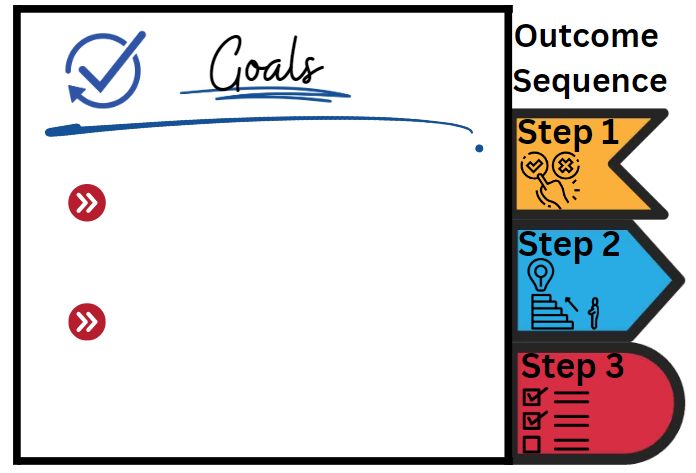
Step 1: Identify the Priority Areas
The facilitator guides everyone through a 3 Dots Voting Process.
All participants are given 3 stickers (dots) to indicate their votes. Participants place their dots on the areas they care most about. The facilitator invites participants to vote their top 3 items from the responses from the following three focus areas in FEM Step 2:
-
Aspirations
-
What’s Working?
-
What’s Not Working?
The process is fully explained in the visual below.

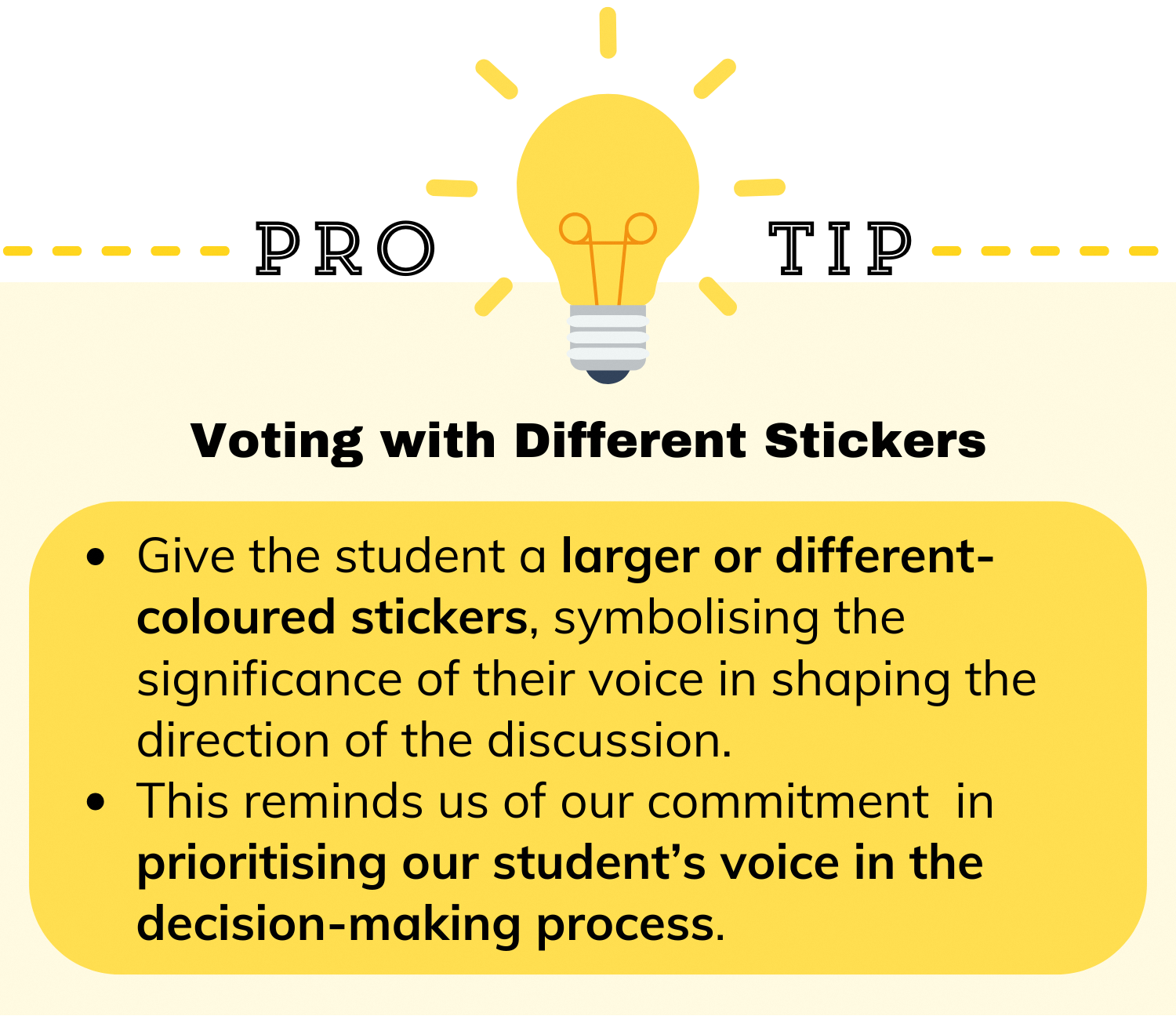

Source: Eden School
Step 2: Develop the Goals
The facilitator leads participants in crafting the student’s post-school goals. With reference to the priority areas, ask: What is the positive change you want to see? (This could be either changing what is not working or moving towards an aspiration.)
Write this into a specific outcome, keeping in mind what you should avoid in developing outcomes.
Step 3: Check the Goals
Ensuring students' goals are well-crafted and meaningful supports the next step in transition planning and promotes progress in their journey. Check the quality of the goals by using the following checklist:
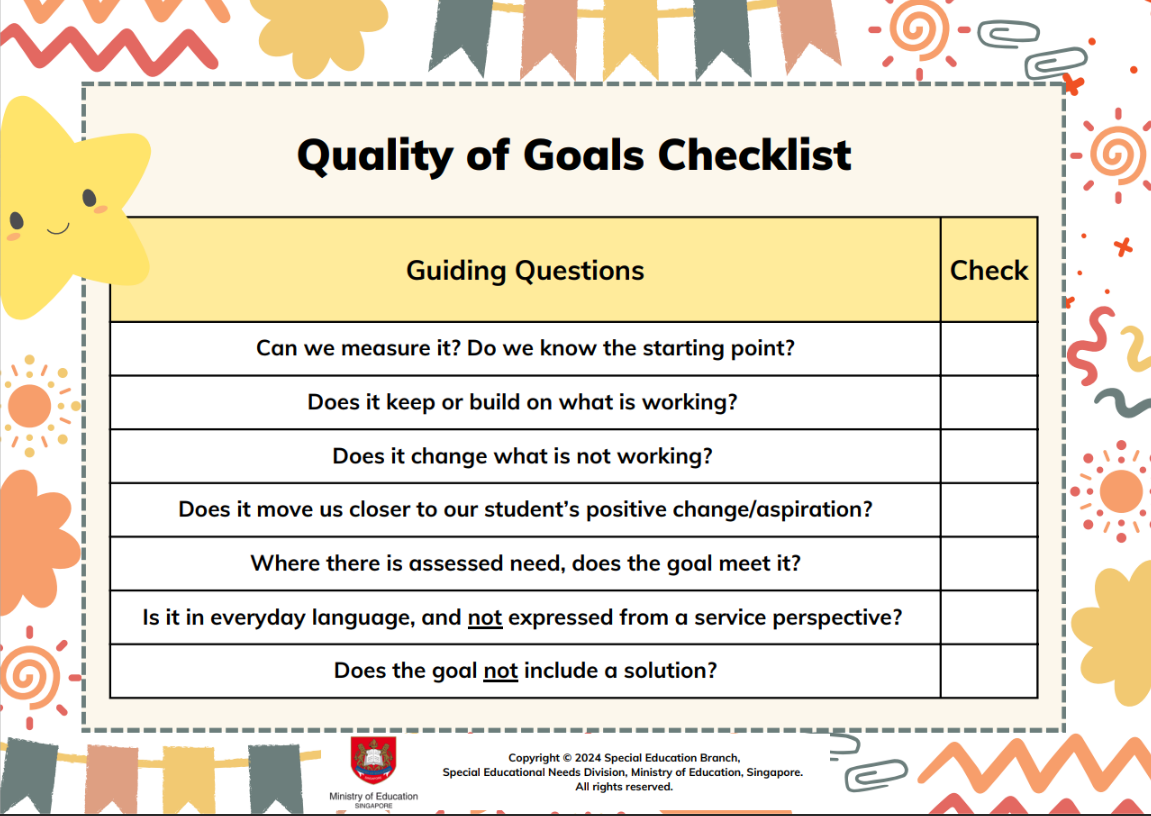
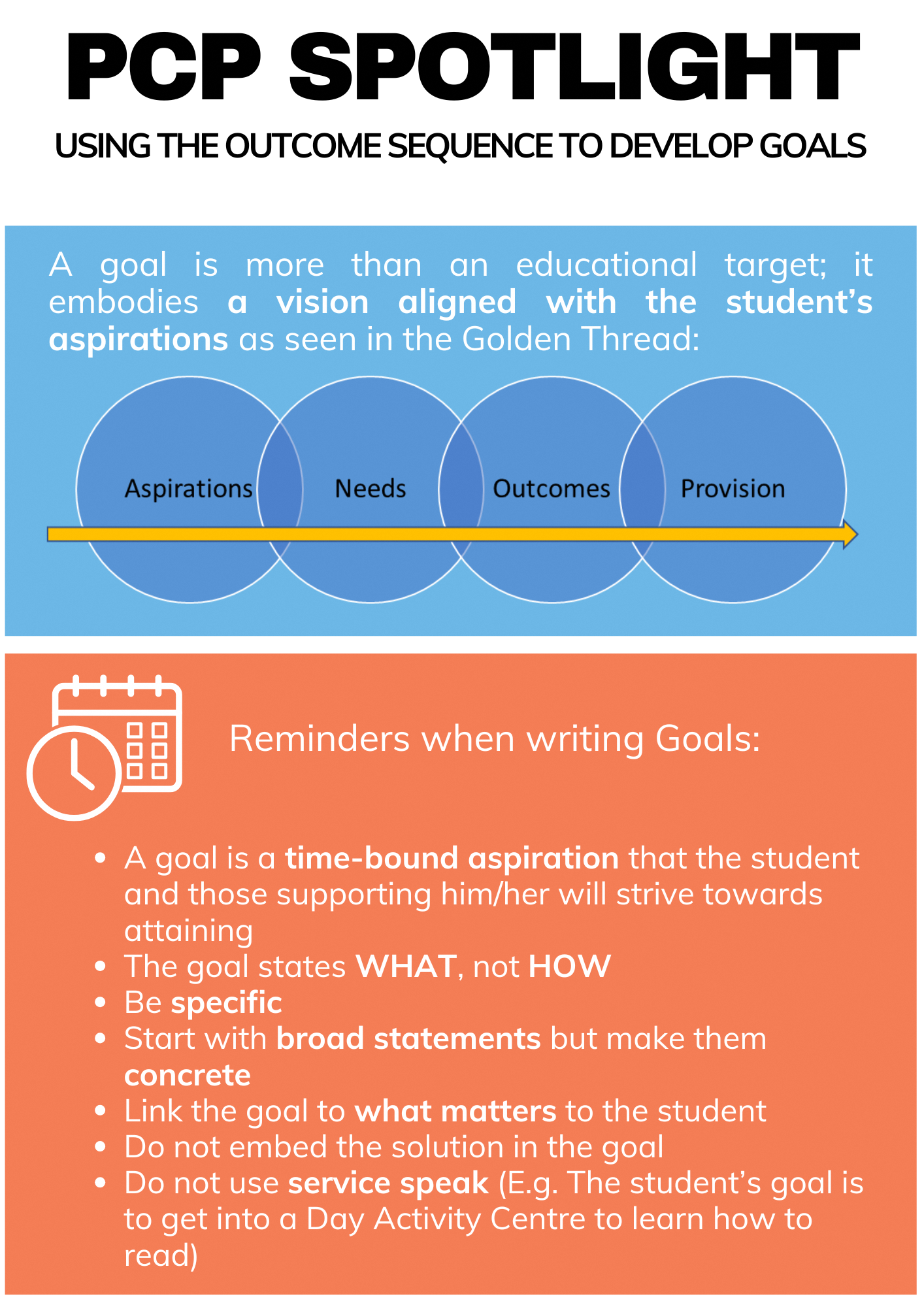
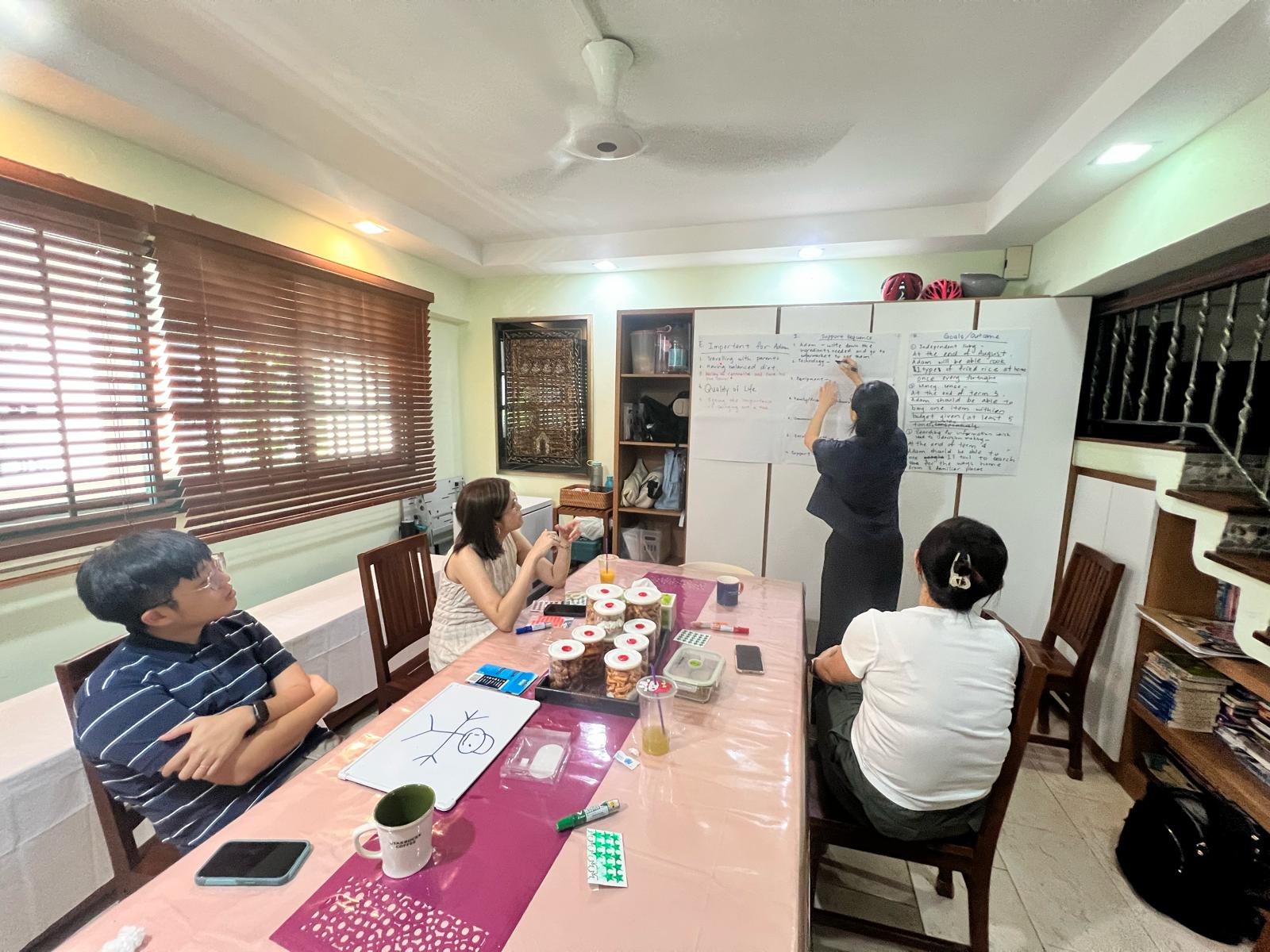
Source: Grace Orchard SchoolTurn
Turn goals into reality! Explore how to develop actionable plans in Step 5.

